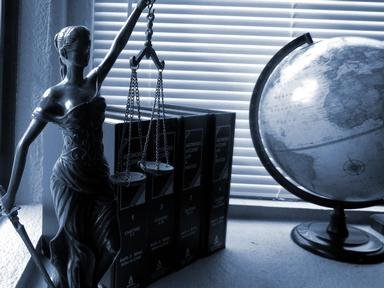Quiz Answer Key and Fun Facts
1. "Spycatcher: The Candid Autobiography of a Senior Intelligence Officer" was the title of a book part-written by a former intelligence agent. Which of the following intelligence agencies did he once work for?
2. Who was the former spy-turned-author of "Spycatcher"?
3. What area of work initially brought the "Spycatcher" author into the intelligence agency?
4. What did the "Spycatcher" author claim was his main reason for writing the book?
5. What was the 1986 "Spycatcher" trial notionally about?
6. Where was the 1986 "Spycatcher" trial held?
7. Who was the UK Prime Minister during the period around the 1986 "Spycatcher" trial?
8. Who used the phrase 'economical with the truth' during the "Spycatcher" trial?
9. What became of the man who gave new life to the phrase 'economical with the truth' during the "Spycatcher" trial?
10. What happened to the author after the "Spycatcher" trial?
Source: Author
suomy
This quiz was reviewed by FunTrivia editor
stedman before going online.
Any errors found in FunTrivia content are routinely corrected through our feedback system.
